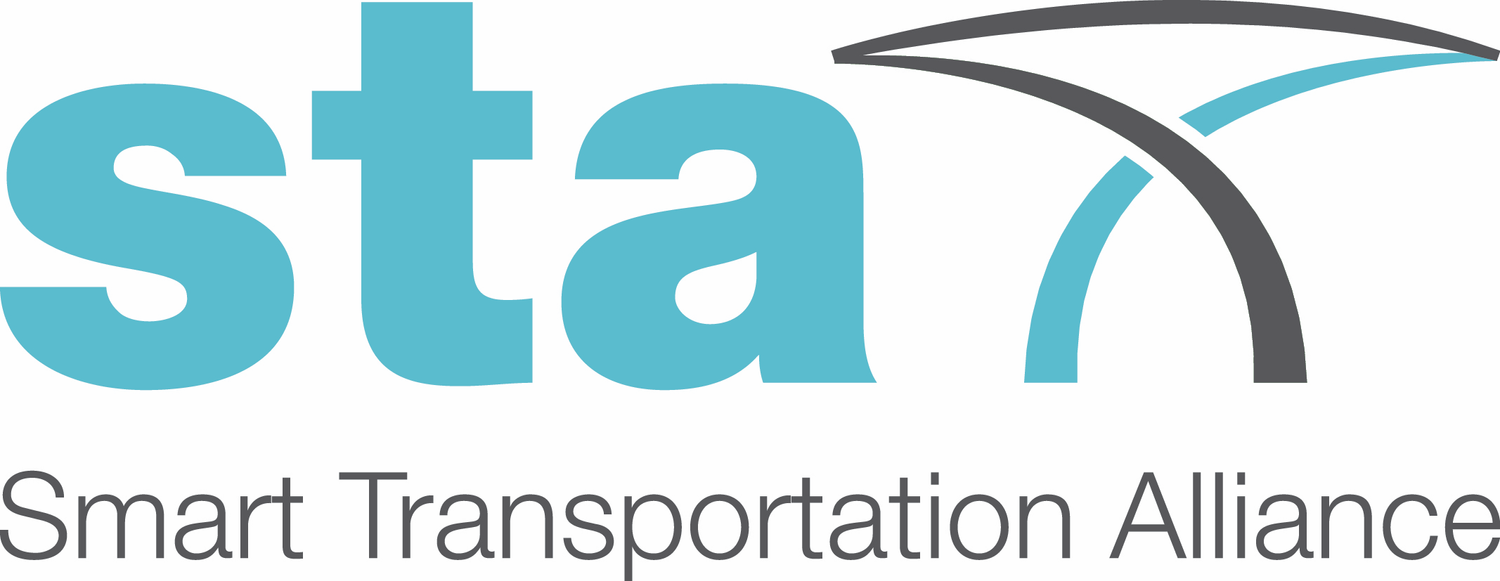STA Newsletter
Issue # January 2017
A bi-monthly online journal providing news and background about activities undertaken by STA with a view to improving the methods, technologies and standards associated to transportation infrastructures.
STA leadership for the period 2017-2018 is elected during General Meeting 1/2017
16 January 2017
The first STA General Meeting of the year (held last 13 January) served to elect the Members of the STA Management Committee for the period 2017-2018 (read more about STA Governance & Leadership here).
Mr José F. Papí will pursue his role as STA Chairman & Secretary General, after being voted unanimously by the STA Executive Council.
The different Technical Committees will be chaired as follows:
Chair, TC 1 (Smart Mobility): Ms Elena de la Peña
Chair, TC 2 (Smart Safety & Security): Mr Wolf P. Zeplin
Chair, TC 3 (Smart Sustainability): Mr César Bartolomé
Chair, TC 4 (Smart Financing): Prof Dr José Manuel Vassallo
The General Meeting also reviewed the progress and achievements made during 2016, and in addition agreed to an ambitious work plan for 2017.
STA Welcomes its 14th Member: CSI S.p.A.
18 January 2017
The STA leadership has unanimously approved membership for CSI S.p.A. (Italy).
Founded in the early 60s, CSI is a multipurpose Certification and Behavioural Analysis Centre operating in an international context, with a wide offer diversified in terms of technology and sectors.
CSI has laboratories equipped with advanced testing and diagnosis equipment, analysis and data processing, and teams of engineers, physicists, of microbiologists, formed in the school of applied research through collaborations with universities and European research centres.
Activities range from the automotive industry, civil, railway and naval construction, to food industry, transports under controlled temperature, analysing and verifying the behavioural aspects related to safety, even in the most critical use conditions, and identifying the best solutions.
Alongside the laboratory activities, it is very significant the commitment to certification of business management systems, mandatory product certification (CE) and voluntary certification of chemical and hygienic risk of food (BRC) and packaging (BRC-IOP) as well as the traceability of the food chain.
CSI’s specific focus on safety, technology and transport innovation aligns perfectly with STA's vision of promoting the Smart Transportation Infrastructures of the Future.
STA, knowledge partner at the Road Network Safety Management Course organised by the International Road Federation, IRF (Málaga, Spain, 30-31 March 2017)
24 January 2017
The course is intended to provide participants with the necessary theoretical background and applied practices on traffic injury risk diagnosis and reduction to ensure road safety programmes and investments are adequately dimensioned and targeted. Using internationally accepted guidelines, participants will also be exposed to complementary aspects of safe road and roadside management, including the correct selection and application of safety equipment based on site conditions. As part of the workshops, delegates will be presented with relevant case studies, and benefit from interaction opportunities with world-class instructors.
The course will target Road Agency Executives, Highway and Street Engineers, Traffic Safety Professionals, Planners, Design Consultants, Law Enforcement, Research & Academia, Contractors and Road Product Suppliers & Distributors.
More information about the course is available here.
“
Adaptation of infrastructure to climate change requires taking in account every stage of the infrastructure management process: planning, design, construction, operation and maintenance.
”
NEWS OF INTEREST
Quantifying the Socio-economic Benefits of Transport
This report sets out several of the recent advances, and suggests the most promising approaches, to the quantification and valuation of some of the wider economic benefits that flow from transport-related development. Economic appraisal can offer decision-makers important insights into the expected socio-economic impacts of transport projects. The sophistication of modern supply chains and the growing prominence of the services sector have increased the interest of decision-makers in economic benefits beyond those traditionally captured in transport appraisal.
Barcelona’s Car-Taming ‘Superblocks’ Meet Resistance
Barcelona’s plans to slash car traffic may be some of the most innovative in the world, but right now their introduction isn’t going all that smoothly. Since last year, the city has been introducing so-called superblocks. These are square sections of the city’s grid made up of nine actual blocks, with a combined area of just under 40 acres, where through traffic is permitted only on perimeter roads. The idea of these superblocks is to cut pollution and car collisions while making more space for pedestrians and cyclists. As yet, it seems that not everyone is convinced.
Intermodal Renaissance for Future-Ready Ports and Terminals
Technology and proprietary software are driving smarter operations in ports and intermodal hubs globally.
Ports, intermodal terminals, and other logistics terminals along the supply chain have been moving towards higher levels of automated operations for the past few decades, in order to better serve their markets and communities with faster, more reliable, and cost effective delivery of good and passengers, now and into the future.
Current port development strategies are now focused on investing in future-ready systems, across global networks, to deliver consistent levels of services that can handle sea level rise, minimize air/water/community impacts, and improve efficient use of assets. Globalization has resulted in a rising demand for new standards of efficiency in maritime transport and as a result created new challenges for ports worldwide.
Transforming Transportation: Toward Sustainable Mobility for All
From taxi apps to car sharing, from buses to the metro, from bike sharing to walking, not to mention personal cars, there are more transportation choices than ever before for that staple of modern life: the daily commute. The same goes for the transport of goods, which can get from A to B by road, air, rail, waterways and soon drones. There are currently more than 12,600 km (nearly 8000 miles) of metro or urban rail and 5,400 km (3,300 miles) of bus rapid transit (BRT), collectively providing 154 million trips a day in 250 cities. Increased access to transport and enhanced connectivity decreases travel time and generates higher rates of direct employment, keys to elevating overall economic opportunity.







